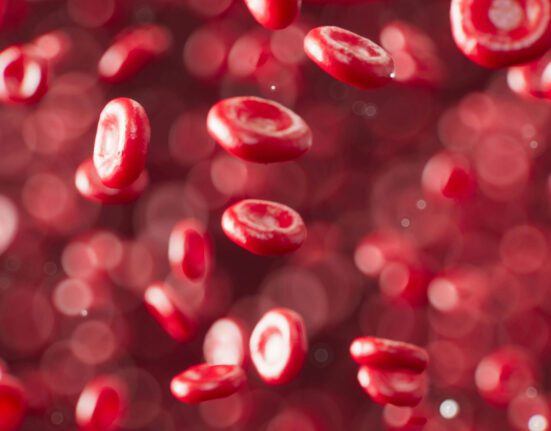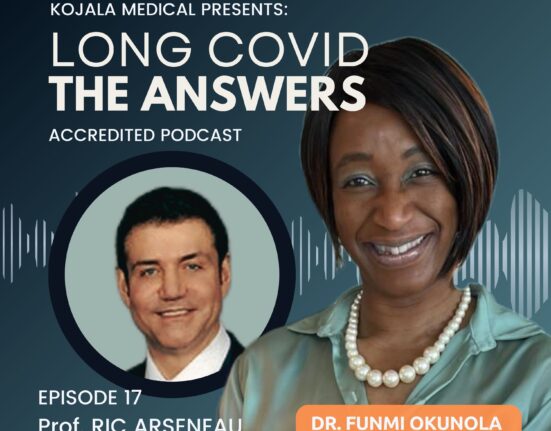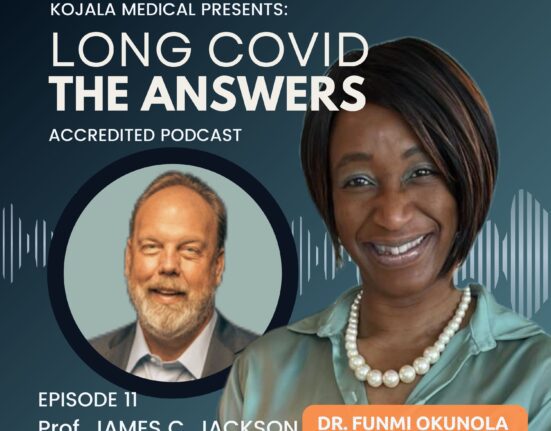Dysautonomia. What is it?

Dysautonomia is a dysregulation of the Autonomic Nervous System (ANS). You can read about the ANS and dysautonomia in general at a different section of our website. Here we will explain how dysautonomia arises from a SARS-CoV-2 infection.
Dysautonomia in Long COVID is believed to be caused by infection, inflammation and therefore damage to the ANS. The ANS is made up of the sympathetic nervous system (SNS) and the parasympathetic nervous system (PNS). We will explain how each part of the ANS is affected.
POSSIBLE MECHANISMS1
It is postulated that the SARS-CoV-2 virus, the coronavirus that causes COVID-19 and thereby Long COVID, reaches the ANS in several possible ways, directly or indirectly. Directly by invasion of the olfactory nerve (the cranial nerve in your nose that enables you to smell), the blood, damage to the immune system; or indirectly via the Enteric Nervous System (ENS) by infecting the gastrointestinal tract (the gut)1.
SARS-CoV-2 causes an inflammatory process in the body, leading to the release of chemicals called cytokines by immune (infection fighting) cells. This is known as the ‘cytokine storm’. These cytokines cause the SNS to over-react, upsetting its balance with the PNS leading to dysautonomia in Long COVID1.
POTS is also associated with autoimmune disease and a high level of autoimmune biomarkers1,2 indicating that a SARS-CoV-2 infection could be causing antibodies to form that attack the ANS.
The Vagus Nerve3
The primary nerves of the parasympathetic nervous system are the vagus nerve, also referred to as the vagal nerves.
75% of the nerve fibres in your PNS are found in your left and right vagal nerves. The vagus nerve is number 10 of 12 cranial nerves. Your PNS controls ‘rest and digest’ functions, the opposite of the SNS’ ‘fight or flight’ response.
The vagus nerves are the longest cranial nerves, extending from the brain to the large intestine. The left vagus nerve courses along the left side of your body. The right vagus nerve descends along the right lateral aspect of the body.
The term “vagus” originates from Latin and means “wandering.” The vagal nerves in your body follow a lengthy and wandering route from the brainstem to the colon responsible for sensory and motor functions to organs and blood vessels in your neck, chest, heart, lungs, abdomen, and digestive tract. They are involuntary, which means that you don’t consciously control them.
It is thought that SARS-CoV-2 infection of the vagal nerves, leading to inflammation and dysfunction could play a large role in the disruption of the PNS4 and therefore the development of dysautonomia in Long COVID. This is because the blood vessels, immune system and organs such as the liver, heart, lungs, kidneys, bladder, brain, digestive system and reproductive system that are normally controlled by the ANS are disrupted.
Other Post Viral Illnesses Cause Dysautonomia
It is known that a significant number of viral infections result in post-viral illness and dysautonomia; so, it is unsurprising that this has occurred in Long COVID. HIV, West-Nile Virus, Epstein-Barr virus, Mumps, Herpes viruses to name a few – have all been reported to cause dysautonomia1, SARS-CoV-2 is now amongst them.
SYMPTOMS:
Damage to the ANS leads to the following symptoms – palpitations, fainting, nausea, brain fog, headaches, fatigue, chest pain, dizziness, gastrointestinal disturbances as a direct result of the organs affected.
KEY POINTS
- The ANS is made up of the sympathetic nervous system (SNS) and the parasympathetic nervous system (PNS).
- Dysautonomia in Long COVID is believed to be caused by infection, inflammation and therefore damage to the ANS by SARS-CoV-2 (the coronavirus).
- Inflammation in the body triggered by SARS-CoV-2 causes the SNS to overreact and infection of the Vagal Nerves causes the PNS to malfunction leading to dysautonomia in Long COVID.
- The symptoms of dysautonomia correlate with the dysfunction of the organs supplied by the ANS.
Relief:
Treatment of dysautonomia should be done with the supervision of a licensed and qualified healthcare practitioner familiar with the management of dysautonomia. Please see our relief section on our dysautonomia webpage. The most common dysautonomia experienced in Long COVID is POTS2. So, treatment of POTS is an important part of management.
Increase fluid intake.
Increase salt in your diet.
Wearing waist high compression stockings
Dietary changes – a Gluten Free diet helps some2.
Blood Pressure Management
Some medications, if non-pharmacological means do not completely control symptoms.

Compression Leggings

Follow a Gluten Free Diet

Blood Pressure Management
Credible Information:
- Al-Kuraishy HM, Al-Gareeb AI, Qusti S, Alshammari EM, Gyebi GA, Batiha GE. Covid-19-induced dysautonomia: a menace of sympathetic storm. ASN neuro. 2021 Nov;13:17590914211057635.
- Gez Medinger – “Dysautonomia in Long COVID – How to diagnose and treat it with Dr Svetlana Blitshteyn” – Excellent informative video.
- Cleveland Clinic Website Definition of the Vagus Nerve
- Woo MS, Shafiq M, Fitzek A, Dottermusch M, Altmeppen H, Mohammadi B, Mayer C, Bal LC, Raich L, Matschke J, Krasemann S. Vagus nerve inflammation contributes to dysautonomia in COVID-19. Acta Neuropathologica. 2023 Sep;146(3):387-94








